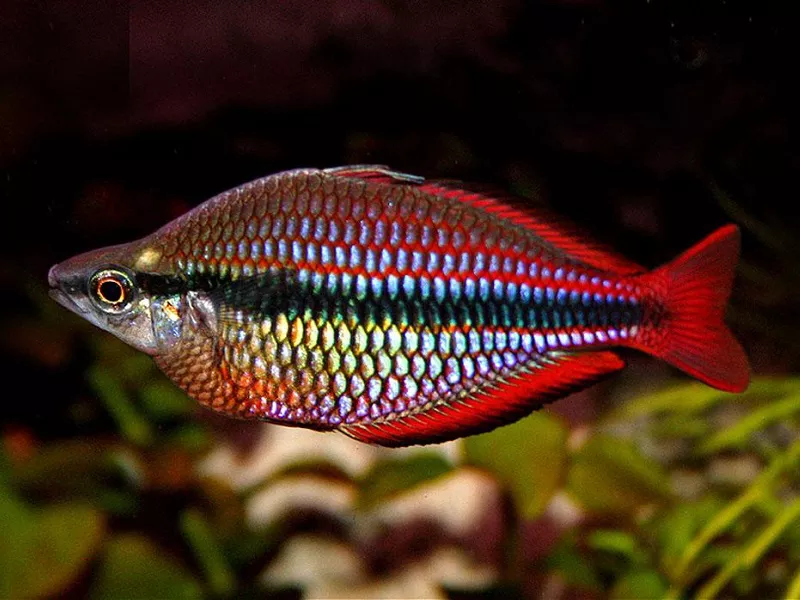Turtles have long been favored as captivating and low-maintenance pets. From their unique appearance to their docile nature, these reptiles have found a place in the hearts of many pet enthusiasts. However, there is a common belief that turtles will grow to the size of their tank. In this article, we will debunk this myth and shed light on the factors that influence a turtle’s growth.
Understanding Turtle Growth:
To understand the growth of turtles, it is essential to recognize that their size is primarily determined by their species and genetic potential. Different turtle species exhibit distinct growth rates and reach varying sizes as adults. For example, the Red-Eared Slider, one of the most popular turtle species in captivity, can grow to be around 10-12 inches long as adults. On the other hand, the smaller Musk Turtle may only reach a size of 4-6 inches.
Factors Affecting Turtle Growth:
While tank size does not directly impact a turtle’s growth rate, it does play a crucial role in their overall well-being and development. Several factors influence a turtle’s growth and size, including:
- Nutrition:
Proper nutrition is vital for healthy growth in turtles. A well-balanced diet that includes a variety of high-quality commercial turtle pellets, leafy greens, vegetables, and occasional live or frozen prey (depending on the species) ensures they receive the essential nutrients they need to thrive. Inadequate or imbalanced nutrition can lead to stunted growth or health issues.
- Water Quality:
Turtles are aquatic creatures and require a clean and well-maintained environment to flourish. A spacious tank allows for proper swimming and exercise, which promotes muscle development and overall health. Additionally, regular water changes and proper filtration systems help maintain optimal water quality, preventing the buildup of harmful bacteria and toxins that can negatively impact a turtle’s growth.
- Environmental Enrichment:
Providing a stimulating and enriching environment is crucial for a turtle’s overall well-being. This includes incorporating basking areas, hiding spots, and appropriate lighting and heating to mimic their natural habitat. Environmental enrichment encourages natural behaviors, reduces stress, and promotes healthy growth and development.
- Genetic Factors:
As mentioned earlier, a turtle’s size is determined by its species and genetic potential. Just like other living organisms, turtles have a predetermined growth rate and maximum size dictated by their genetics. While environmental factors can influence growth within these genetic limits, they do not alter the ultimate size a turtle will reach.
Avoiding the “Tank Size Myth”:
The misconception that turtles grow to the size of their tank stems from the observation that turtles kept in small enclosures often exhibit stunted growth. However, it is not the size of the tank itself that limits their growth; rather, it is the lack of proper space, nutrition, and environmental factors that hinder their development. Inadequate tank size can lead to poor water quality, limited swimming space, and reduced access to basking areas, all of which can negatively impact a turtle’s growth and overall health.
Promoting Healthy Growth:
To ensure optimal growth and well-being for pet turtles, it is essential to provide them with a suitable and spacious habitat that meets their species’ requirements. Researching the specific needs of your turtle species and investing in an appropriately sized tank will create an environment conducive to healthy growth.
Regular monitoring of water quality, maintaining proper lighting and heating, and offering a varied and nutritious diet are also crucial for promoting healthy growth. Consulting with a reptile veterinarian can provide valuable guidance on proper care, diet, and tank setup tailored to your turtle’s specific needs.
Conclusion:
The belief that turtles grow to the size of their tank is a persistent myth in the realm of turtle keeping. While tank size does not directly influence a turtle’s growth rate, it does play a significant role in their overall well-being. Providing a suitable environment, proper nutrition, and appropriate care are essential factors in ensuring healthy growth and development for pet turtles.
By understanding the true factors that influence a turtle’s growth and debunking the tank size myth, we can provide our shelled companions with the care and environment they need to thrive. With proper care, attention to their species’ specific requirements, and a commitment to their well-being, pet turtles can grow and flourish to reach their genetically predetermined size, bringing joy and fascination to their human caretakers.


























